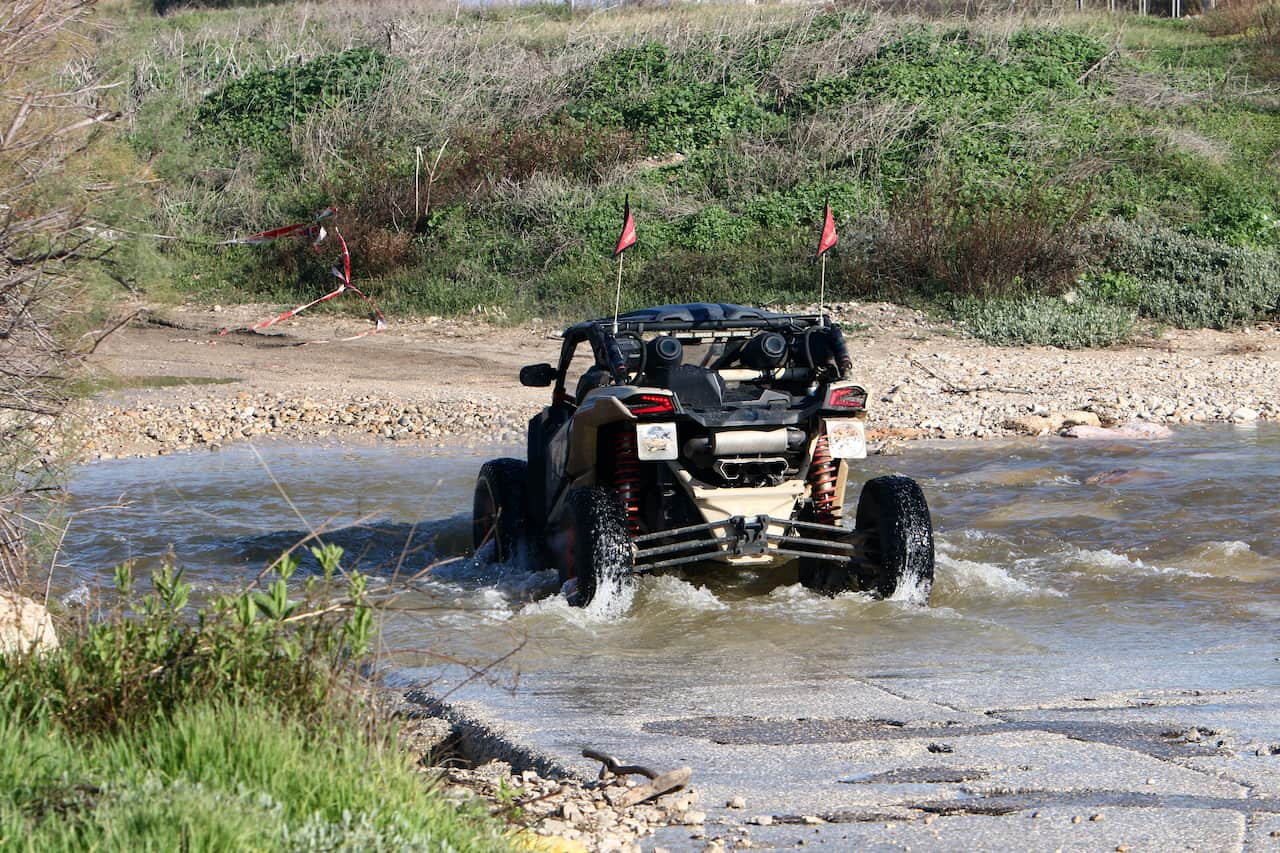A thorough pre-ride inspection is crucial to UTV owners who want to avoid breakdowns and accidents. By taking a few minutes to examine tires, fluids, belts, and other vital components, you can catch potential issues early and enjoy a safer, smoother ride on every terrain.

Understanding UTV Pre-Ride Inspection: What You Need to Know
Performing regular checks on your UTV helps you spot warning signs before they escalate into serious problems. To learn more about mastering your UTV pre-ride inspection and improving your ride, check out the insights in this helpful guide:
Mastering Your UTV Pre-Ride Inspection for Improved Rides
Here are some key aspects and common indicators to watch for:
- Tire and Wheel Condition: Excessive tire wear, underinflated tires, or loose lug nuts can compromise your safety and handling on the trail.
- Brake Performance: Squeaking sounds, spongy brake feel, or an extended stopping distance can signal worn pads or a need for brake fluid replacement.
- Fluid Leaks: Oil, coolant, or brake fluid leaks not only harm the environment but can cause critical UTV components to fail if not detected early.
Key Techniques for UTV Pre-Ride Inspection
Equipping yourself with the right knowledge and accessories is essential. Enhance your UTV pre-ride inspection process with safety equipment and more here:
UTV Pre-Ride Inspection Safety Equipment
Below are four crucial steps to include in every pre-ride checklist:
- Check Tire Pressure and Tread – Proper inflation levels improve handling, while sufficient tread depth ensures grip on various terrains.
- Assess Suspension and Steering – Look for leaks in shocks, ensure all bushings and tie rods are secure, and confirm your steering is smooth and responsive.
- Inspect Belts and Hoses – Cracked, frayed, or loose belts and hoses can lead to sudden breakdowns. Replace any that appear worn.
- Examine Lights and Signals – Ensure headlights, brake lights, and turn signals are functioning correctly for clear visibility and safety on the trail.
Putting it into Practice: Steps for UTV Pre-Ride Inspection
For more detailed UTV pre-ride inspection tips and technique guides, visit:
UTV Pre-Ride Inspection Technique Guides
Follow these step-by-step recommendations before hitting the trails:
- Create a Consistent Routine – Perform inspections in the same order each time—tires, fluids, belts, lights—to reduce the chance of missing anything.
- Document Your Findings – Keep a simple notebook or use a mobile app to track tire pressures, fluid levels, and any abnormalities noticed.
- Address Issues Immediately – Don’t delay needed repairs or replacements. Even minor problems can quickly escalate and compromise your safety.
Best Practices for UTV Pre-Ride Inspection
- Develop a checklist to follow before every ride.
- Keep spare parts, like belts and spark plugs, on hand for emergencies.
- Schedule regular maintenance and lubrication of moving components.
- Store your UTV in a clean, dry environment to prevent corrosion.
Seeking Further Improvement and Expert Guidance
If you notice unexplained noises, severe leaks, or electrical issues that exceed your skill set, consider seeking UTV pre-ride inspection professional guidance here:
UTV Pre-Ride Inspection Professional Guidance
By staying informed and practicing proper maintenance techniques, you’ll boost your confidence on the trail, enhance your ride quality, and keep your UTV performing at its best.
Main Points to Remember
Staying on top of your UTV’s condition through a thorough pre-ride inspection is essential. Consistently checking tire condition, brake performance, fluid levels, and other critical components helps prevent unexpected breakdowns, keeps you safer, and ensures a more enjoyable ride every time you venture out.
